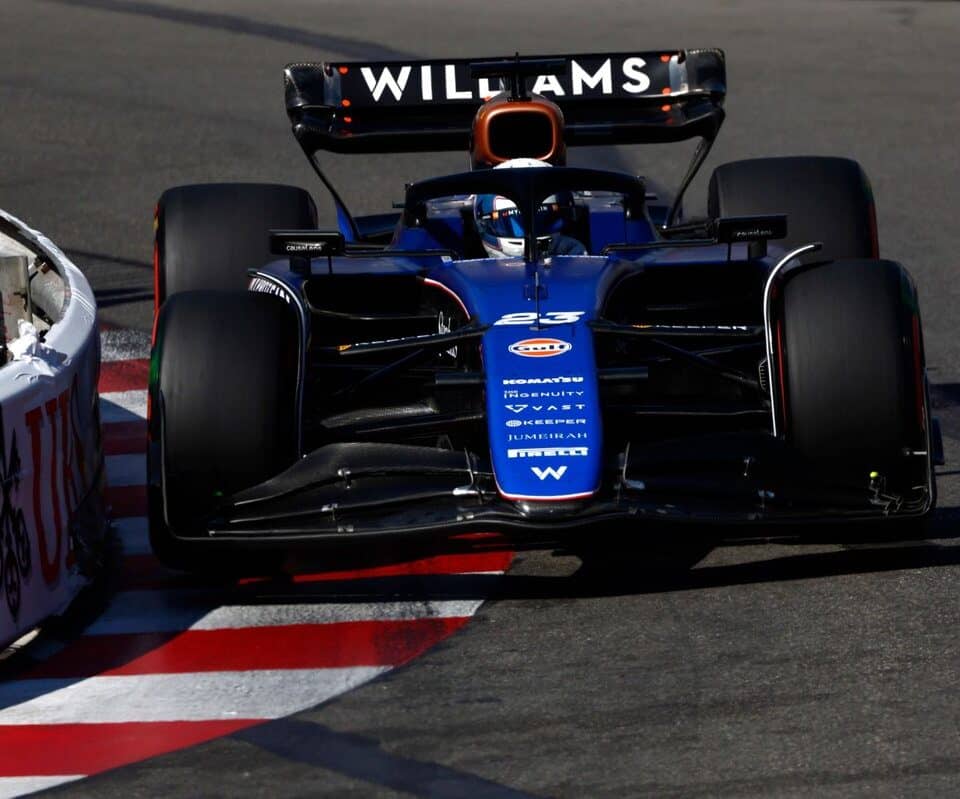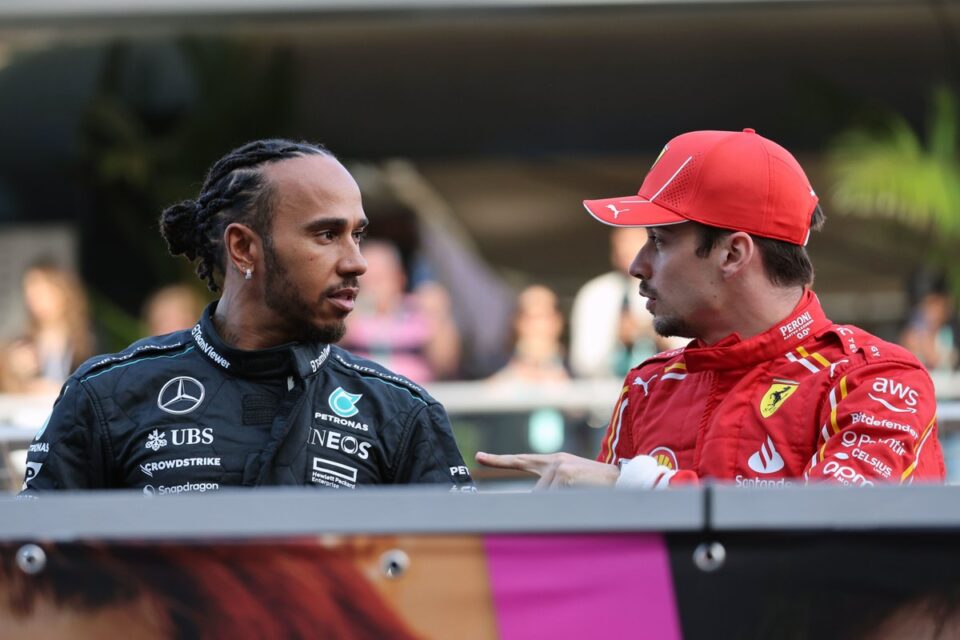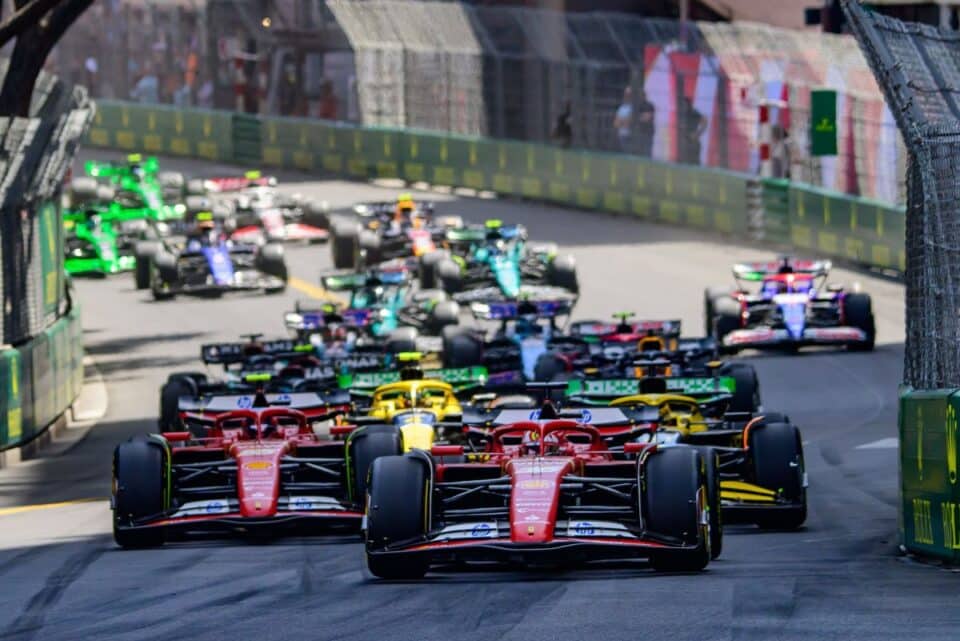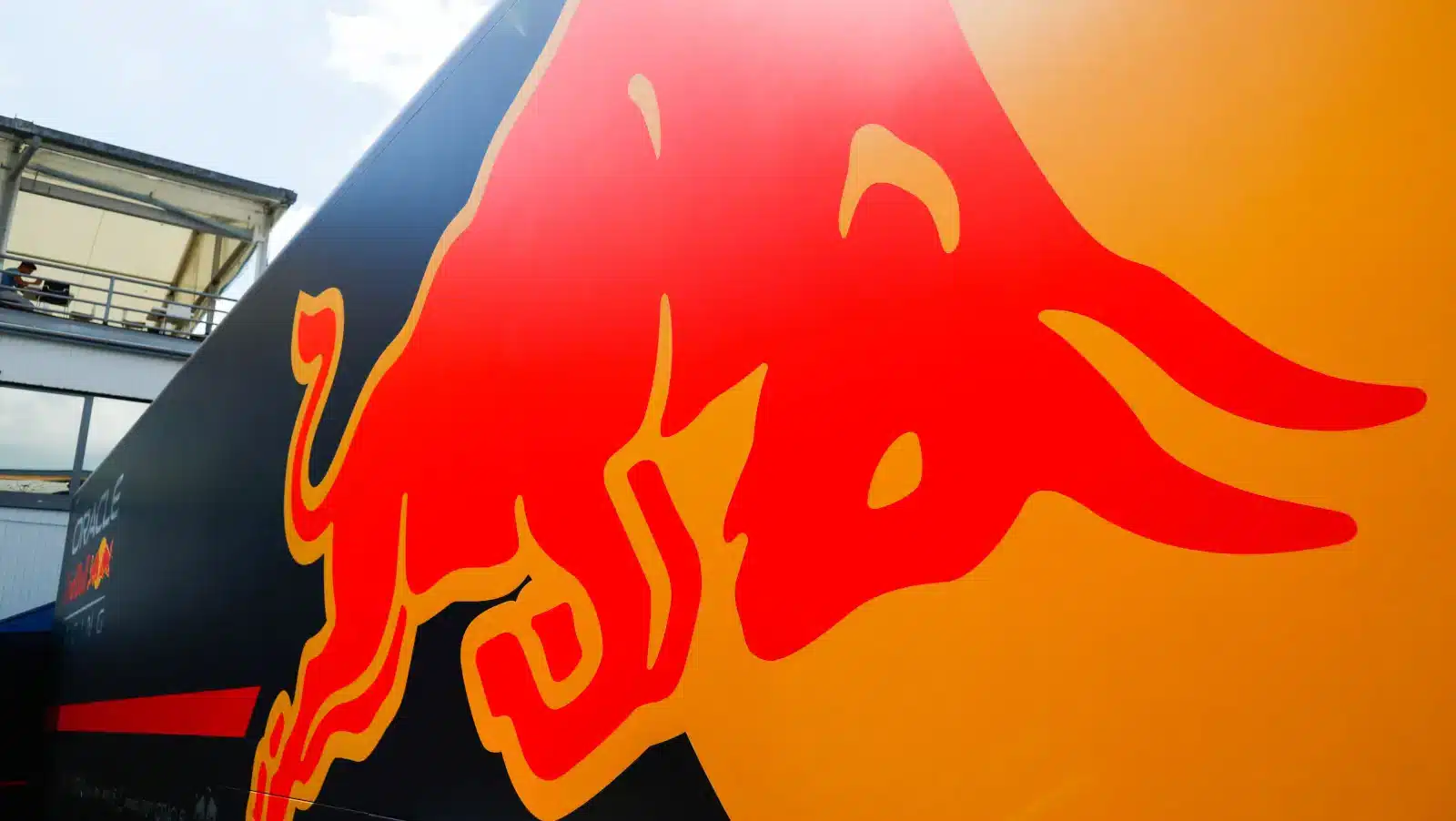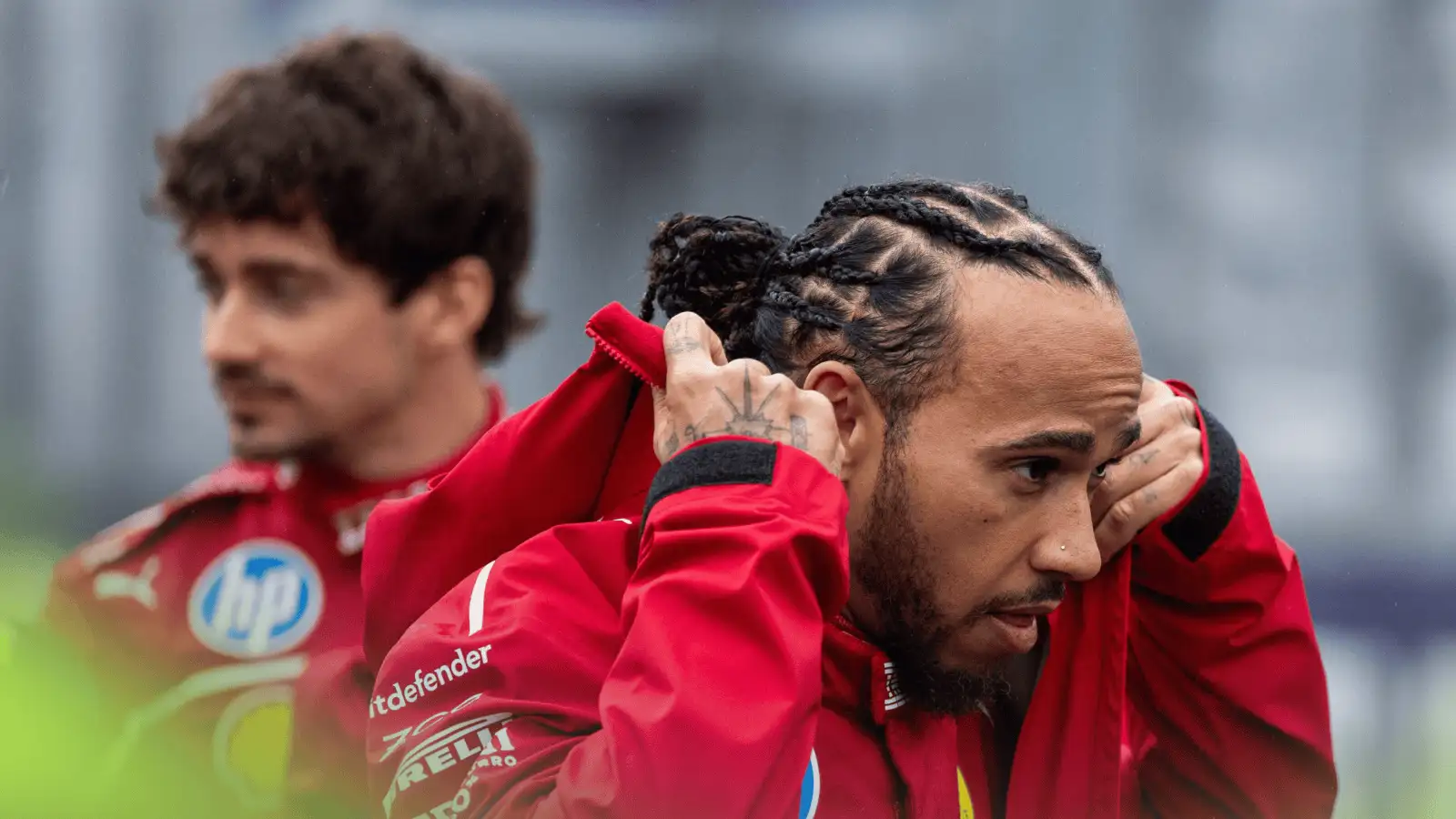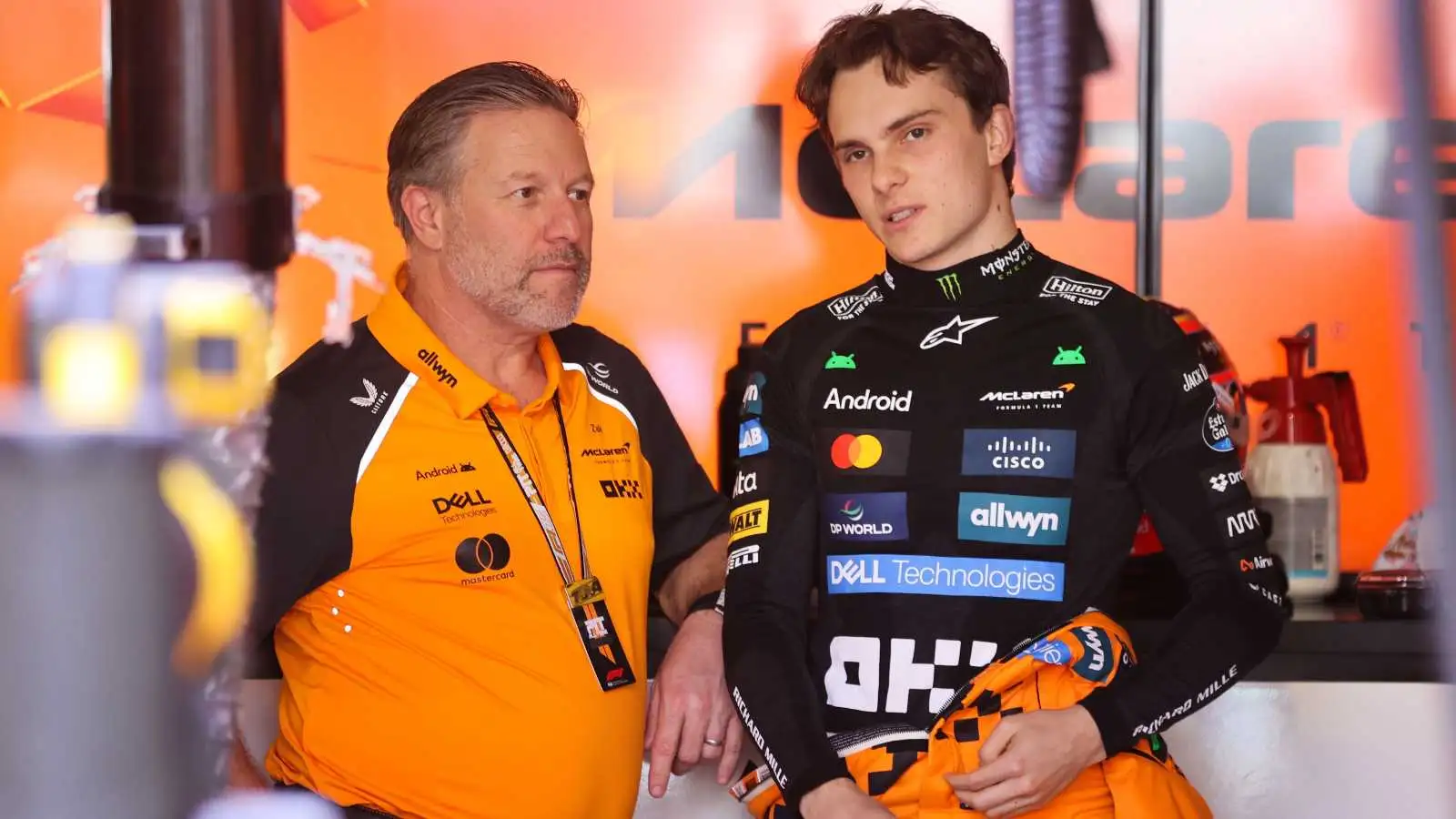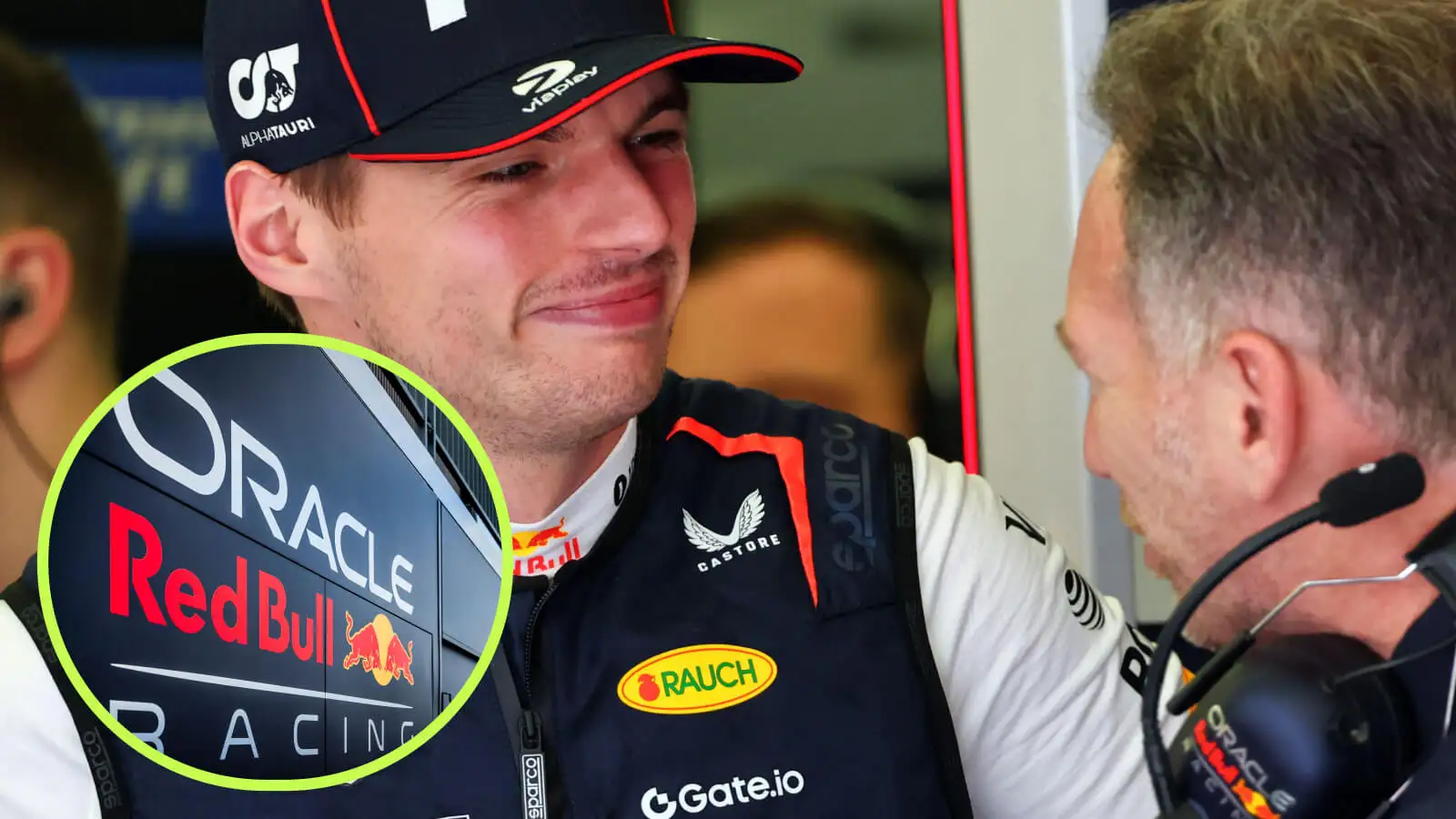James Vowles, the team principal at Williams, has a rather grim prediction for Formula 1 teams come 2026. He believes none of the teams will be able to meet the lower minimum weight limit stipulated in the upcoming regulations.
The 2026 regulations are going to bring a major shift in Formula 1, affecting both powertrain and chassis design. The power delivery will be almost evenly split between the internal combustion engine and the hybrid unit, especially since the turbo-mounted MGU-H will no longer be part of the equation. With more emphasis on hybridisation, the powertrains will inevitably be heavier in 2026. On the bright side, the chassis will see weight reductions as they are set to become shorter and 10cm narrower compared to the current cars.
Aerodynamicists are in for a challenge but also a bit of fun, as they’ll get to play with active aero technology to enhance on-track racing. This new approach is anticipated to save between 40-50kg in weight. Despite these optimistic projections, Vowles is skeptical about teams meeting the minimum weight requirements.
“I think by 2026 [Williams will] be in a sensible place [with car weight],” Vowles shared in an exclusive interview with Motorsport.com. He admitted that the team was losing over 0.4 seconds per lap due to the added weight. “But even then, ’26 has very interesting regulations at the moment that reward weight in a way that no other championship has, because it’s such a low number. I don’t believe anyone can hit that.”
Vowles pointed out the importance of creating a car that can continuously gain downforce in the wind tunnel at a competitive rate. This, according to him, is crucial for a competitive edge. “That’s on the side. But even beyond there, we need to make sure that we have a car that you can continually add downforce to in the wind tunnel at the right rate, so it’s a competitive level. That’s got to be what you want,” he emphasized.
Since taking the helm at Williams, Vowles has been on a mission to revive the team. He acknowledges that there’s still a long way to go. Modernising internal processes and investing in materials are part of his strategy to streamline the construction of future cars.
“There is not one area of this company that I am happy we are at the level required so we can fight for a championship. Not one,” Vowles said candidly. “That’s a bold statement, but a truthful statement of it as well. Weight is the one that everyone out here will understand now why we’re saying we’re on the right path, but we’ve got a lot of things we need to address and fix.
“I’ve said from the beginning, we’re open about it. We’re going to be here and take you on the journey of what we’re doing and why it’s so difficult, and why Formula 1 is exceptional. But we will get there. Weight is just the one that’s slapping us on the face today, but that’s not the main issue.”
Vowles’ remarks indicate that while the weight regulations are a significant hurdle, the broader challenge lies in overhauling the team to become truly competitive in the high-stakes world of Formula 1.
The road ahead for Formula 1 teams, especially Williams, looks challenging with the 2026 regulations on the horizon. James Vowles remains realistic about the obstacles but optimistic about the future. With substantial changes and improvements, Williams aims to overcome these hurdles and become a stronger contender in the championship.
Source: Motorsport
